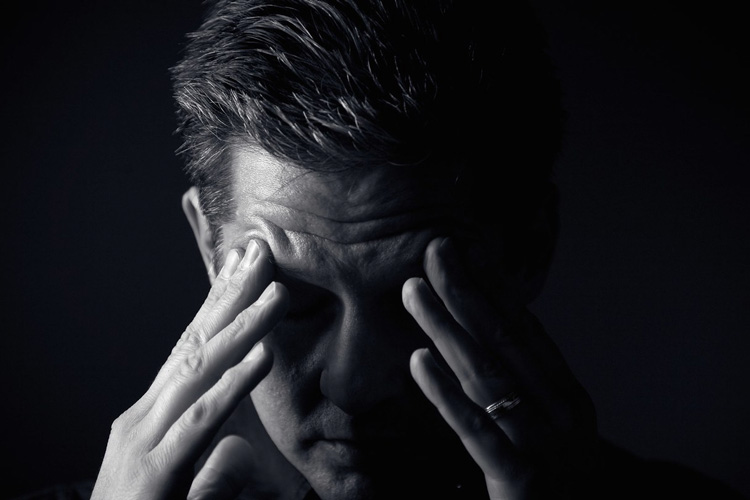Let me begin with a single phrase used by Dr. Steven Stahl for polypharmacy – A dirty little secret. He further elaborated “polypharmacy seems to be something everybody does and nobody admits” so there must be something that prevents people to admit it. By that logic, I would like to further explore what makes it an evil.
Talking about mere numbers the practice of polypharmacy has been growing over decades: Not only there is an increase in number of psychotropic medications prescribed across years; facts show visits of the patients with 2 or more medications has increased from 42.6% in 1996/1997 to 59.8% in 2005-2006; visits with 3 or more medications has increased from 16.9% to 33.2% in developed countries. However, the prevalence of psychiatric illness has not decreased.
Though there may be many co-founders polypharmacy hasn’t helped in much deal to decrease the prevalence of mental illnesses. Across the literature, there have been many reasons for prescribing more than one drug in psychiatry. I would like to cite a few of them:
- Fear and laziness: The patient doesn’t improve and the doctor loses patience and not to lose the patient he piles up the patient with more and more medication. Likewise, he is afraid to withdraw the medication once a reasonable response has occurred which could have occurred with monotherapy as well.
- Sloppy diagnosis: Let us treat the presenting complaints as we don’t have much time to go into the psychopathology and history. Two minutes of the interview and nothing is clear. Now let me bombard the patient with an anti-depressant, anti-psychotic and a mood stabilizer. One of them is supposed to work.
- Stuck in cross titration as the patient improves in between. Too cautious to lose a patient
- Lack of knowledge of receptor pharmacology
- The most common picture is the need to rush, decrease the hospital stay and provide instant relief and simple mathematics that two are better than one. And we forget psychopharmacology isn’t arithmetic.
- The pharma company mediated: Now and then we attend CMEs; listen to the pharma companies less than experts speaking and why not we too try.
- The magical thinking that the combination is better.
Let us take a case of antipsychotics; at the end of the day, the combination of typical and atypical antipsychotics seems to produce a Typical response (i.e. high rates of movement disorder and a person walking fine to the office becomes another zombie; thanks to the combination). And then add another anticholinergic to counteract that could have been easily avoided. We all have been taught that the 60 % occupancy is required to deal with the positive symptoms of psychosis that are attained by any antipsychotic in its optimum dosage and more than that adds up to the side effects.
Thus, more is not better once a certain dose is reached, at least with antipsychotics used as single agents. To then assume that adding a second antipsychotic (very probably with an identical mode of action) will bring about improvement is, some might say, a leap of faith beyond reason and logic that is derived from clinical experience, small trials and case reports which are not the basis of evidence on a larger picture. Similarly, my friends would suggest that in treatment-resistant cases we need to do that with evidence bases.
But I would like to remind a single line of a conclusion that Cochrane review said in 2010 that clozapine augmentation remains of uncertain value and that more research is needed. And all we are doing is hitting arrows blindly.
Coming to the hard facts again, it has been reported that each year more than 700,000 people visit emergency rooms each year as a result of adverse drug reactions and 106,000 Americans die from “properly prescribed” and “correctly taken” medications. It has also been found that the likelihood of death or hospitalization is directly proportional to the number of medications a patient is taking, accounting for those medications being taken for underlying diseases. It was also found that there is an increased risk of death for patients on psychiatric polypharmacy involving an antipsychotic medication and a benzodiazepine.
In the context of Nepal, I would like to cite an example: A patient from lower socioeconomic status was prescribed with an antidepressant and a multivitamin supplement costing Nrs. 20 per capsule. He couldn’t afford both and left the treatment. This is a very common thing in our OPDs; thanks to polypharmacy. In a country like ours where compliance, cost, and side effects are major issues in treating mental disorders – polypharmacy has become the real villain. And how many of us use the psychotherapy as an adjuvant instead of augmentation and multidrug regimen?
The use of multiple medications increases the risk of patient non-compliance and medication errors. Further, multiple medications may confound the effects of one another. For a patient taking multiple medications, a prescriber may not be able to determine which medications are helping, and which ones are causing problems. If medications are added to treat the side effects of another medication, polypharmacy may create the need for even more medications, thus adding to the problem.
The vicious cycle goes on. I can’t prove two drugs are better than one, but I can easily prove they are twice as toxic and twice as expensive. Someone might present arguments and counter-arguments mainly citing the treatment resistance cases but I would like to question what percent of cases are treatment-resistant? And like in mania if three mood stabilizers are giving relief and that we continue as maintenance in the next episode do we go with fourth mood stabilizer? It’s the point to think upon without getting emotionally blown with the wind of Pharma companies.



